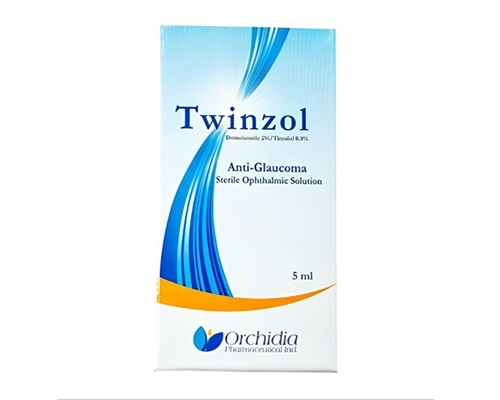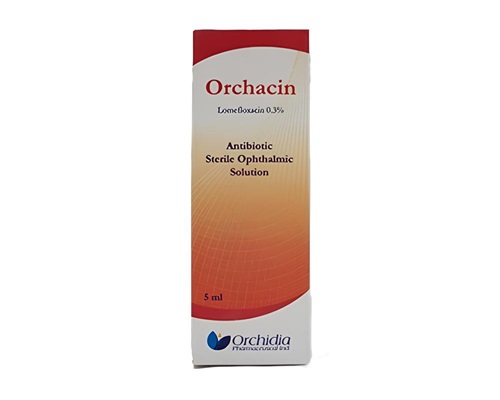Description
Trade name:
Prisoline
Compound:
Each 100 ml of solution contains:
Naphazoline hydrochloride 50mg
Chlorpheniramine maleate 50 mg.
Auxiliary components:
sodium citrate, boric acid, benzalkonium chloride, disodium edetate, water for injection.
Properties:
A combination drug for topical use in ophthalmology and ENT practice. It has a pronounced long-term vasoconstrictive effect, antiallergic effect, reduces the severity of local exudative manifestations, swelling and hyperemia of the mucous membrane of the nose, nasopharynx and paranasal sinuses, eliminates itching in the eyes and nose, rhinorrhea, nasal congestion, lacrimation.
Indications:
As nasal drops for:
– rhinitis (acute, allergic), sinusitis;
– nosebleeds (as a vasoconstrictor) to stop and facilitate rhinoscopy;
– hay fever;
As eye drops for:
– conjunctivitis (allergic, chronic);
– asthenopic disorders (impaired accommodation due to increased visual load);
– spring conjunctivitis (as part of combination therapy).
Method of administration and dosage:
Eye drops:
For adults and children aged 6 years and older, the recommended dose is 1-2 drops in the conjunctival sac of the affected eye (or both eyes) up to 4 times a day.
Nasal drops:
For adults and children aged 6 years and older, the recommended dose of the drug is 1-2 drops in each nostril 3-4 times a day.
Contraindications:
The drug is contraindicated in:
-hypersensitivity to any component of the drug;
-arterial hypertension;
-tachycardia;
– hyperthyroidism;
– pronounced atherosclerosis;
-angle-closure glaucoma;
– concomitant use with MAO inhibitors, as well as within 14 days after their withdrawal.
Precautions:
It should be taken into account that with prolonged use of Prizolin, the development of tachyphylaxis (weakening of the effect) is possible. A short break after 5-7 days of treatment with the drug is recommended.
It is not recommended to use the drug for chronic rhinitis.
Use with caution in patients with severe cardiovascular diseases, including heart rhythm disturbances, difficult to control arterial hypertension, as well as in patients with diabetes mellitus, especially those with a tendency to ketoacidosis.
Side effects:
Side effects caused by the local action of the drug: mydriasis, lacrimation, increased intraocular pressure, increased hyperemia, irritation, discomfort, burning, with prolonged use – swelling of the nasal mucosa, atrophic rhinitis.
Side effects caused by the systemic action of the drug: dizziness, headache, nausea, weakness, drowsiness, irritability, increased blood pressure, tachycardia.
Storage method:
At a temperature not exceeding 25 degrees. After opening, the shelf life is no longer than 4 weeks.
Package:
The cardboard box contains a 15 ml plastic dropper bottle and paper instructions.









